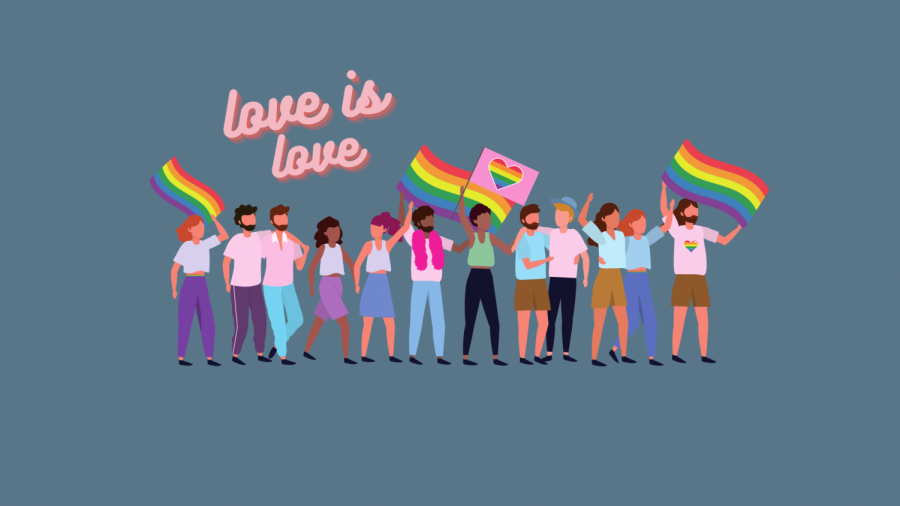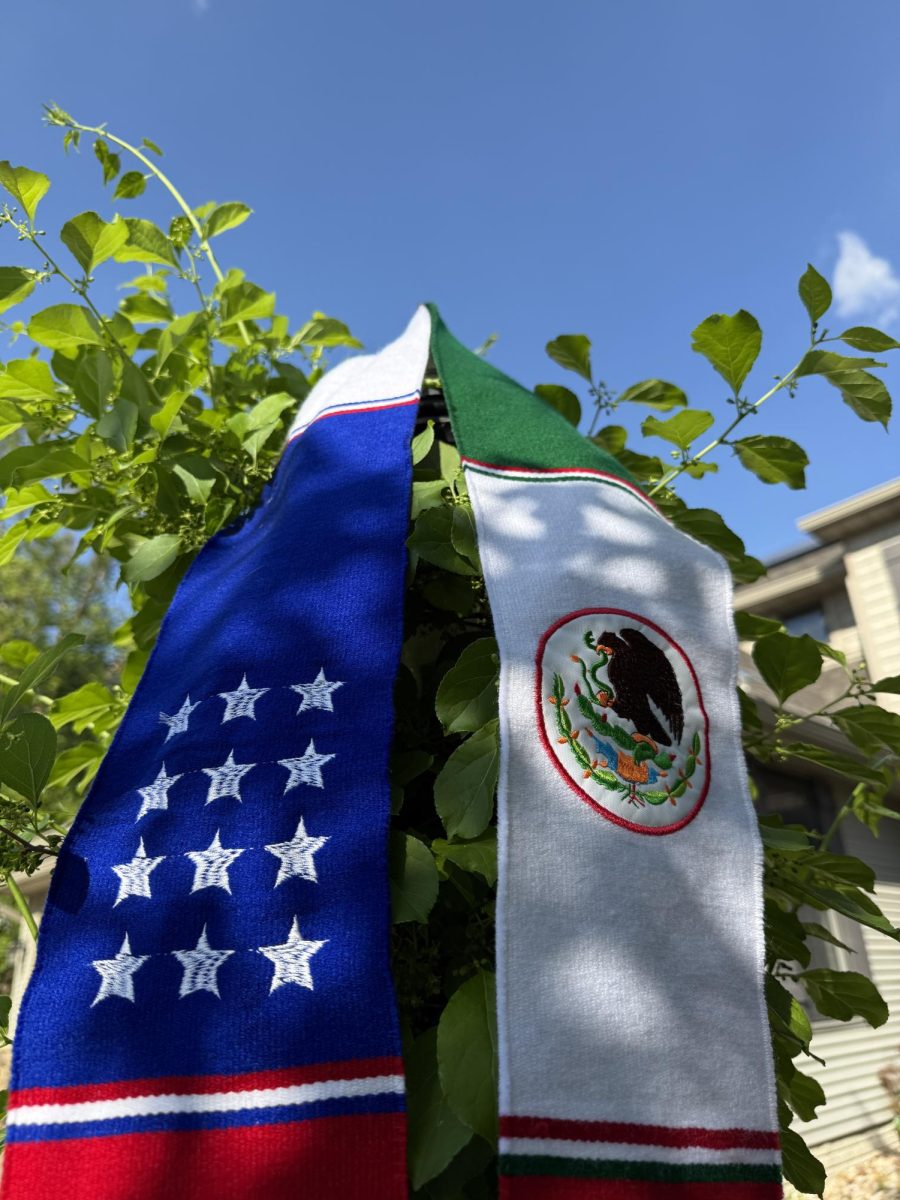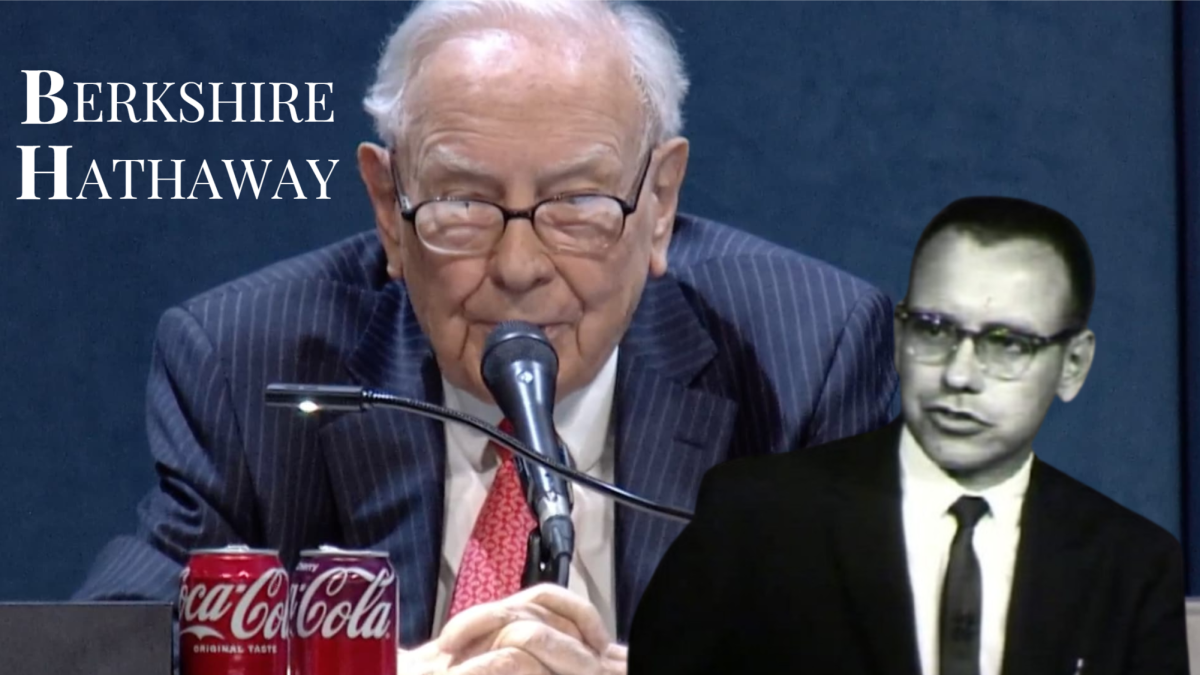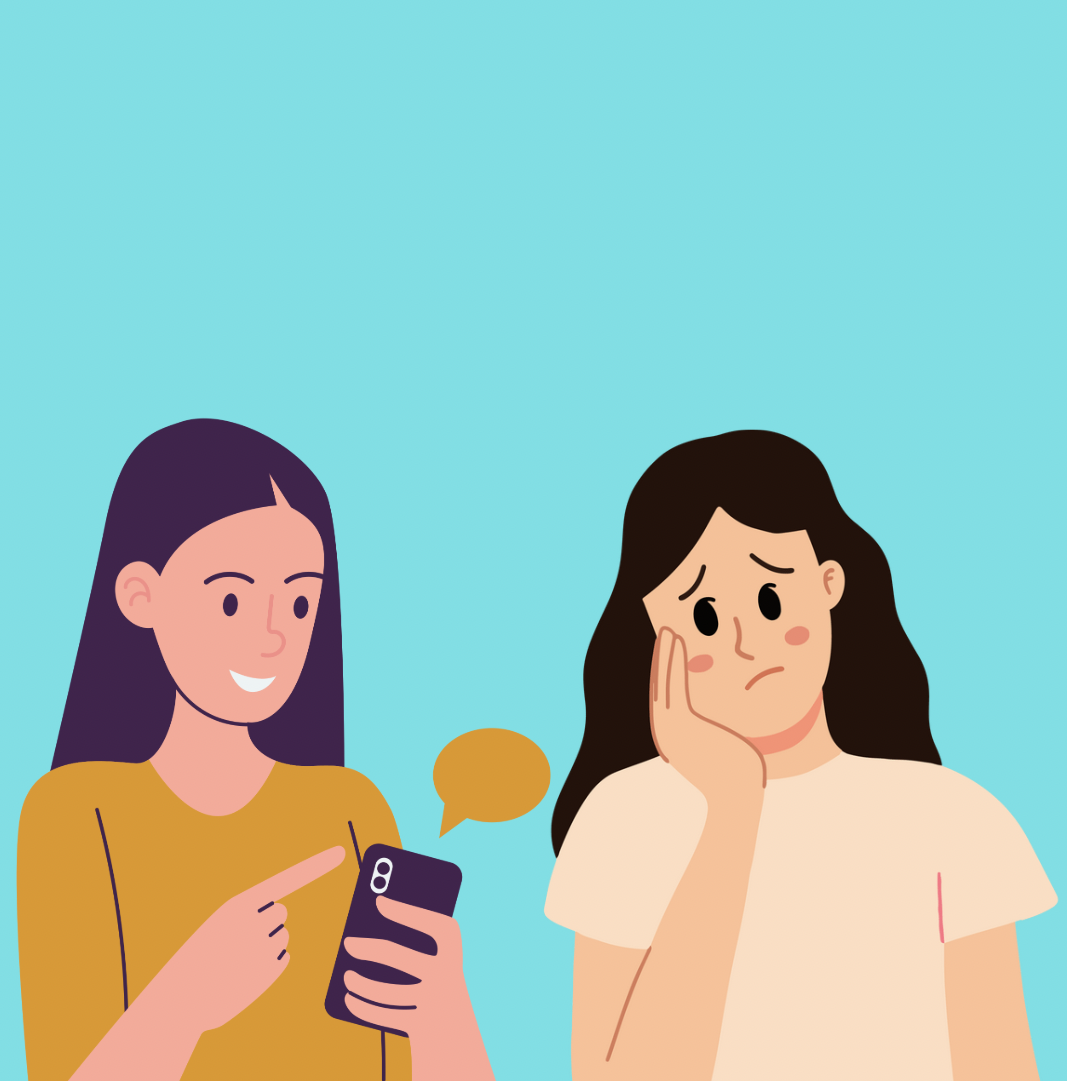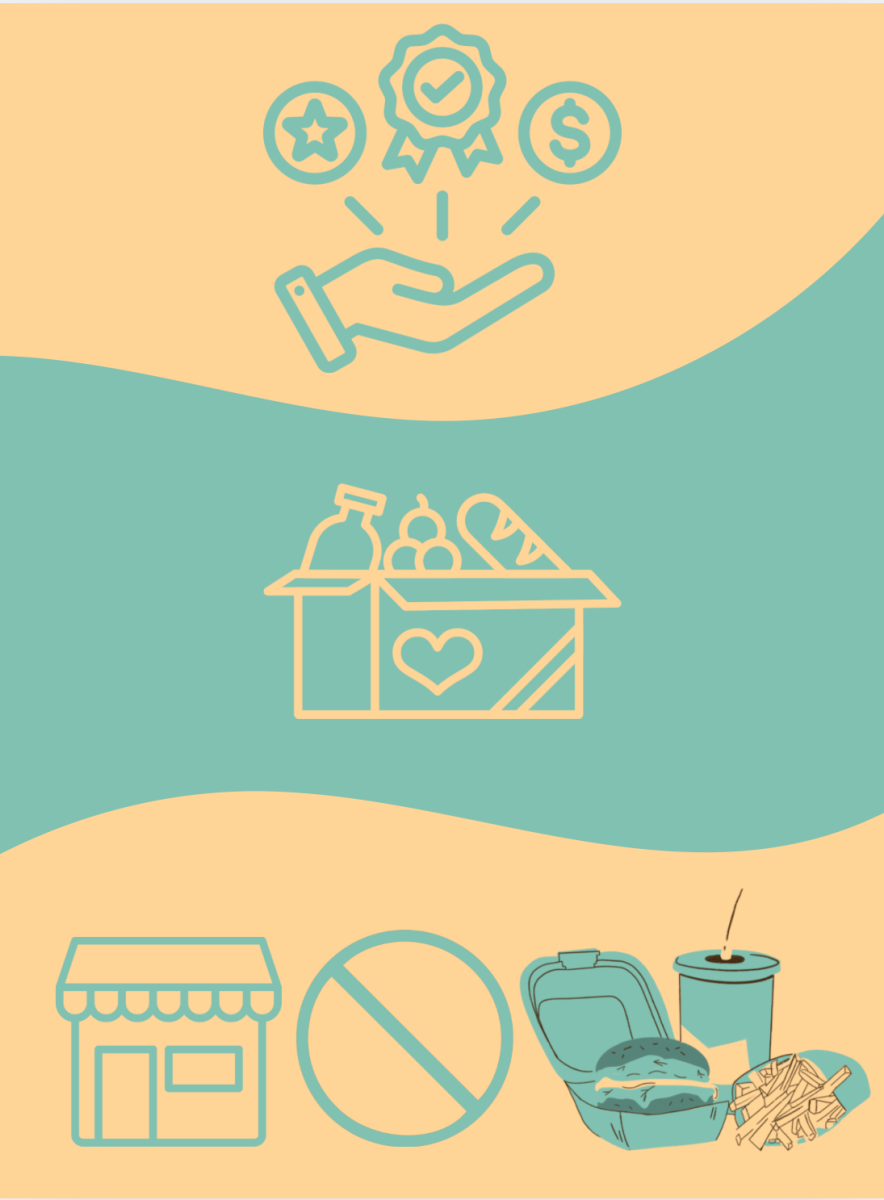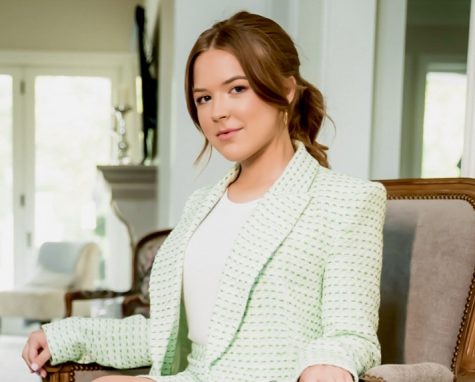Queer media has finally been given the space to thrive freely in American pop culture, and while its emergence has been cautious, its presence is trickling in impactfully.
Social platforms have helped to support new art and shows through related trends, outfits, sound effects and music on apps like Instagram, TikTok and YouTube, so they have become welcome and accessible to all users- regardless of whether they are members of the LGBTQ+ community.
This “normalization” of LGBTQ+ stories in pop culture is exciting, and the queer commmunity acknowledges how important its role is in the ongoing mission for true acceptance. Not only are allies invited to enjoy and respect these characters, stories and trends, but the queer community also appreciates active efforts by straight fans to understand them.
But to do this effectively, allies must appropriately appreciate these stories and remember they are not theirs.
“Boyfriend” by Dove Cameron
With over 150 million Spotify streams, 12 million views on YouTube and 720,000 TikTok videos using the sound, Dove Cameron’s overnight sensation song “Boyfriend” has undeniably taken the internet by storm.
Cameron famously followed the childhood-Disney-star-to-celebrity pipeline with her starring roles as titular characters “Liv and Maddie” in the Disney Channel classic. Almost 10 years after the series’ iconic launch in 2013, Cameron has reinvented herself as a sultry, entrancing music artist.
In January, Cameron released a short snippet of a song demo on TikTok asking, “lemme know if I should release this one.” The hypnotic chorus chants, “I could be a better boyfriend than him; I could do the sh*t that he never did.” It instantaneously went viral.
Reception to the song is quantitatively exponential, but it is shocking to observe how the media has so quickly adopted it for its own applications and not Cameron’s ode to love.
The song has been associated with transition TikToks for makeup reveals, fashion shows and thirst traps. Its serpentine bass line makes it a fitting soundtrack for all of the above, but it also inevitably looses some of its queer-coding with these new videos – especially when recycled by straight users.
Some argue that art should be kept separate from the artist, but in this case, a female musician is singing about her love of women, and there is not much to separate. It is disconcerting to watch heterosexual social media take the song and play with that theme so carelessly.
Cameron never formally came out to the public, but this song explicitly references her bisexuality. She has openly spoken about being bi since 2020 and even drapes pride flags around her shoulders at concerts. Yet fans who still associate her exclusively with Disney continue to speculate on the validity of her sexuality.
This raises concerns about allowing celebrities to age in safe environments. Ten years have passed since the beginning of her Disney career, and she should be allowed to be herself, free of societal contracts and the character people still see her as.
In addition, if fans think a former Disney Channel star cannot possibly be gay, children’s media outlets need to consider whether their reputations actually reflect empowerment and inclusivity as entertainment sources for young people. Acceptance begins early, and nobody should have to wait until their teen years for “mature” or “adult” media to see a character onscreen that represents them.
Cameron famously said in a 2021 interview with Gay Times, “I’m choosing to love myself, to be who I am every day and not edit myself depending on the room that I’m in. I’m making no apologies for who I am.”
“Heartstopper” by Alice Oseman
Alice Oseman is a contemporary author and illustrator who has spent their career producing works that center around young members of the LGBTQ+ community. Her moving graphic novels are liberating and give genuine, non-traumatic representation to an audience that rarely receives honest media portrayal.
High anticipation for the Netflix adaptation of Oseman’s renowned graphic novel, “Heartstopper,” generated significant traction on TikTok. Individuals who have waited years to see couples they relate to on-screen do not have to wait anymore. One particular trending sound associated with the series comes from the “Heartstopper” sequel, “Nick & Charlie;” it has been used in nearly one million videos.
The sound begins with Charlie saying, “I’ve been going out with Nick Nelson since I was 14,” and it continues on as he describes all of the wonderful, funny things he loves about his boyfriend. The trend has come into play as TikTok users have layered the sound over adorant videos of their own relationships, swapping out Nick Nelson’s name and favorite things for their partner’s.
At its core, this is a very wholesome trend. It is a sweet, sentimental way to show off partners and express appreciation for them. That is certainly not the issue.
It is quietly unsettling when straight couples participate in trends without acknowledging the significant history behind them, but it is not their fault for not knowing. In this case, the original source is a book that holds a lot of importance to a community to which they do not belong.
So, are these trends for them?
Heterosexual couples jumping on the bandwagon of the original trend is not inherently consequential. In fact, it contributes to recognizing the validity and normality of LGBTQ+ romances by making them more mainstream.
At the same time, film, television and music have almost exclusively been reflective of straight audiences for decades, and when straight creators adopt pieces of gay media without understanding their deep background, it leaves queer communities wondering when they will get to have something that is truly and entirely theirs.
How can allies be free to appreciate– and still be held accountable to respect – LGBTQ+ media if they are not part of these groups to begin with?
Ally and advocate Cate Goglia immediately fell in love with Oseman’s universe in “Heartstopper.” She said, “Just like our favorite straight couples of the past, we now see the coming-of-age story and coming into ‘like/love’ – portrayed as human feelings and emotions – but for the LGBTQ+ community.”
Having the only portrayals of gay people in media depicting hatred and violence, stereotyping gay sidekicks who are “too gay to function” or abusing gay roles to perpetuate homophobia is not productive. Positive portrayals of gay youth are refreshing and freeing for queer audiences.
Goglia sees the conspicuous lack of LGBTQ+ representation in media but also understands it is an uphill climb with constant compromise. “It depends on how much you’re willing to sacrifice in order to tell stories that need to be told.” She continued, “We have to start somewhere, and if that’s spoon feeding straight people queer-coded media in order to introduce the concept to them, I– with internal conflict– am okay with that for now while we make structural change behind the scenes.”
Bright skies ahead
Asking to be respectfully acknowledged for existing is the bare minimum.
Asking for the media to accurately and respectfully portray LGBTQ+ love is not asking for too much in modern America.
It should not be selfish to want a happily ever after with royalty that looks like you. Princesses with princesses and princes with princes. For that reason, it cannot be considered “gatekeeping” for communities to protect a piece of art that was made for them.
Small artists like Oseman rise to popularity because they are essentially writing fairytales that major corporations are not brave enough to even consider dreaming of in an industry where material profit is the only acceptable “success.”
But success is children feeling safe with characters. Success is adults healing their inner child with representation they could not have dreamed of seeing on screen even 10 years ago.
And if success has to be material… well, “Heartstopper” landed in Netflix’s weekly Top 10 within its first 24 hours of release. So… clearly, viewer reception is not a valid excuse here.
Ideally, straight consumers should also be able to consume and appreciate new LGBTQ+ media in the same way queer fans have enjoyed heterosexual films, television and music for decades. Goglia described hopes of every member of the LGBTQ+ community eventually finding a story or character they resonate with. She is also curious about how straight viewers may see themselves reflected within queer stories – and certainly, hopefully, not just as antagonists.
In “Heartstopper,” there is a memorable scene in which one girl, after making various insensitive comments to a lesbian couple, quickly says, “I’m not, like, homophobic. I’m an ally.” Performative allyship is not productive. This scene was written to reflect the danger of oblivious allies; again, their support is not the issue here. How they are supporting is potentially destructive, though.
Her “reassurance” does not negate her prior ignorance – in fact, it perpetuates a low standard of what it means to truly identify as an ally.
Anyone can be an ally, and the most effective way to serve as an ally is to be educated. How somebody identifies personally does not necessarily have to be your business, but how you accept and respect them is.
Actively making efforts to correct prior beliefs, learning to hold yourself and others accountable and accepting others openly all make a positive difference – and it can begin with the media we consume.
Learning where LGBTQ+ trends and stories stem from – and trends belonging to any minority group, for that matter– allows marginalized artists an opening to continue flourishing and developing stories like these for the next generation of creators.



